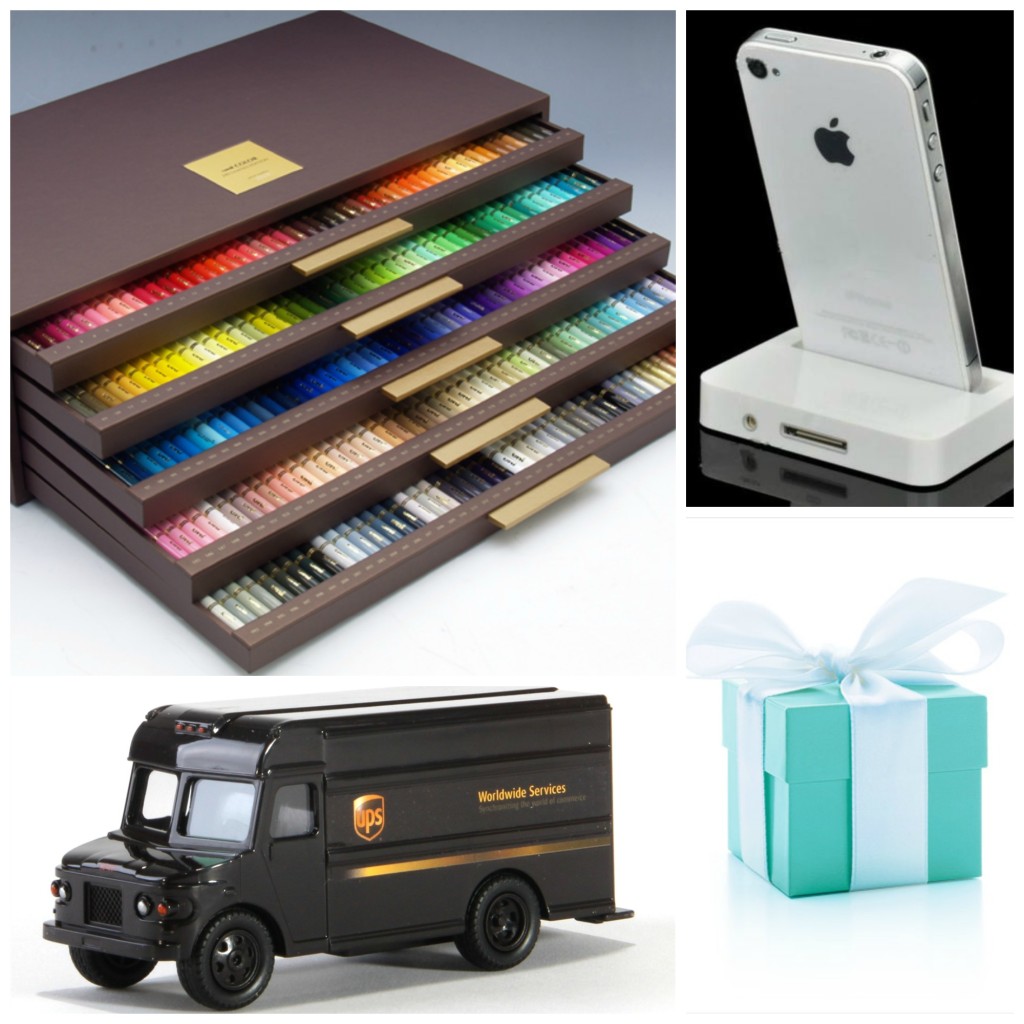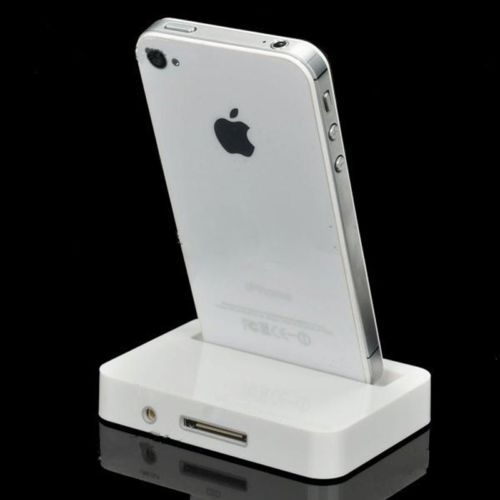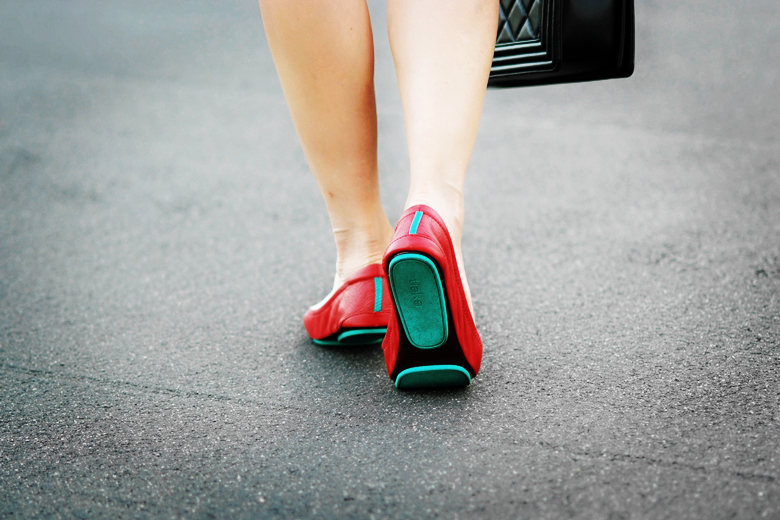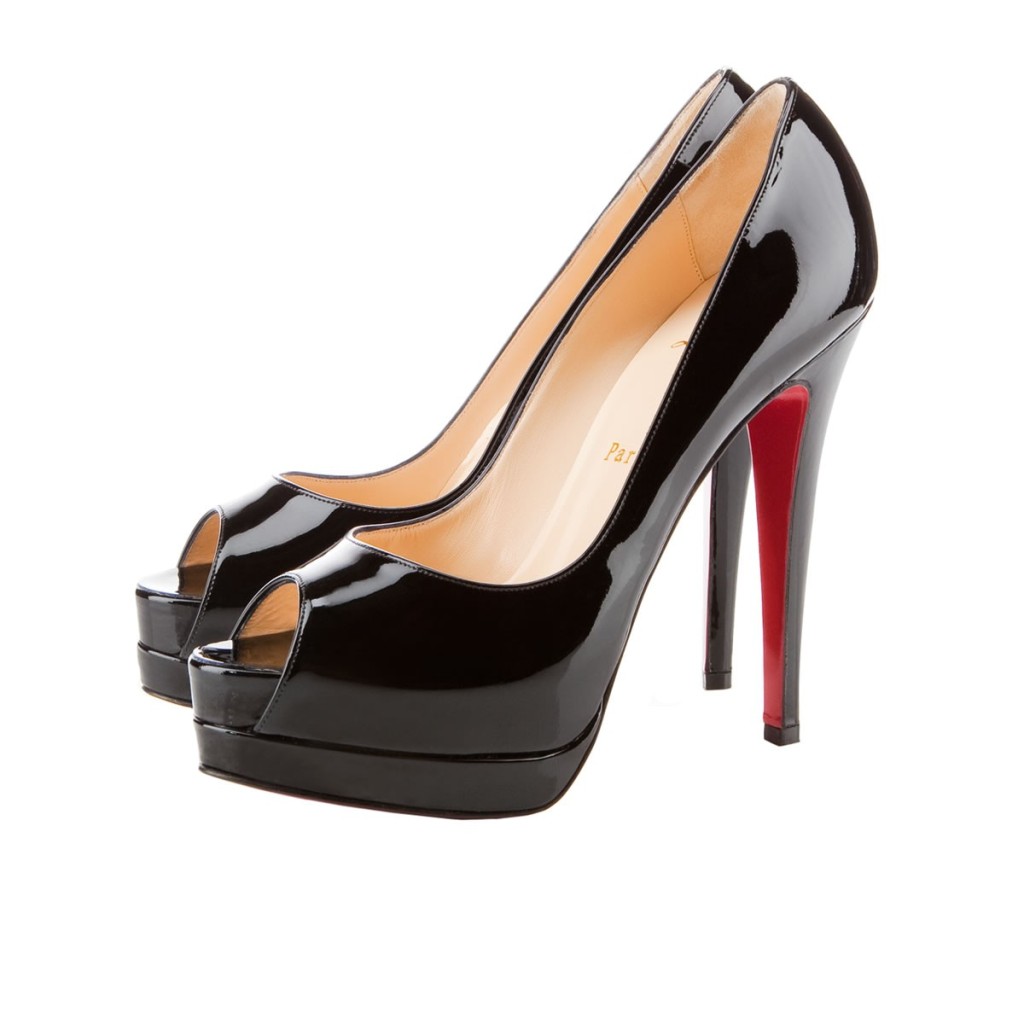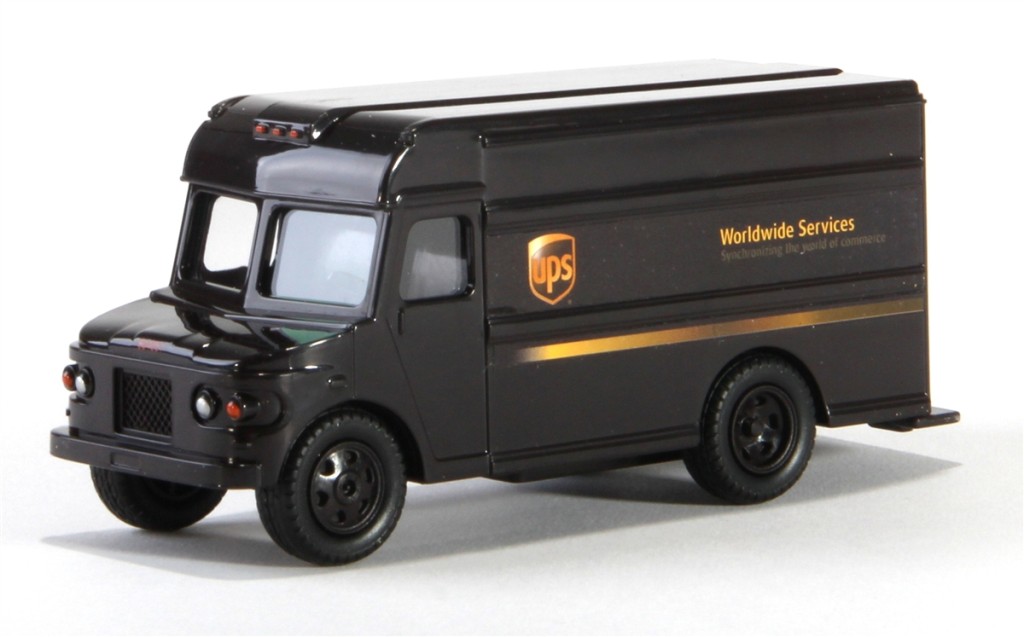Color in branding matters. Color relays certain moods and feelings. Excitement is associated with the color red. Black evokes stability. Green feels like earth and yellow lifts the mood and is vibrant and optimistic.
Over the years certain companies have managed to brand a color, meaning when one sees it, they automatically think of that brand without even having to see the brand’s name. The US Patent and Trademark office has decided on the matter, as Inc wrote in 2012:
Ultimately, it was held that a business can protect a conventional, familiar color as a trademark, but only if it can show substantial evidence of acquired distinctiveness in the color as a trademark. In other words, when consumers see a specific color do they think of your goods or services? That’s why for years UPS has run the ad campaign “What Can Brown do for you?” They are ingraining in the minds of the consumer that when they see the color brown they think about UPS’s shipping services.
So can you protect a color? Definitely. But in order to show the acquired distinctiveness or recognition required to garner a federal registration you have to show consumer recognition of your color with your product.
Even from far away, the golden arches tells a kid on a family trip that McDonald’s is nearby. Weary drivers see a green circle and can expect relief in the form of a Starbucks cafe.
Here are 5 companies that have successfully branded a color.
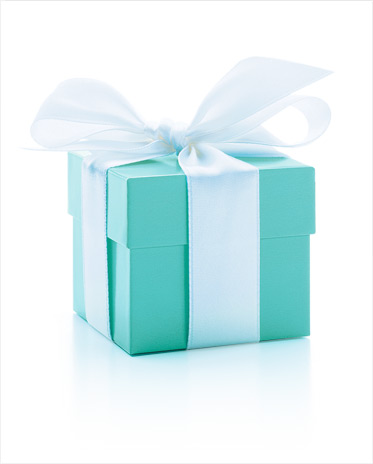
Most women melt when they are given a gift in a certain blue box which is the color associated with the jewelry company, Tiffany’s & Co. The color is the same as a robin’s egg and now “Tiffany blue” in fact is now a trademarked name and color.
When Apple first came out with the ipod, the signature white color and matching white headphones were symbolic of the brand and set it apart from other mp3 players on the market at the time. Eventually, the first iPhones carried the same color and the tradition has continued where white tech devices are instantaneously thought to be an apple product. Today, Apple has moved on to other colors just as other brands have followed in its tracks and routinely offer products in that signature Apple white.
The robin blue padding of Tiek‘s ballet slippers and lounge shoes sets it apart from other slippers in that category. Irrespective of the color of shoe, one thing that remains the same is the non-skid rubber blue soles. It too has trademarked its Tiek Blue.
Similarly, the red bottom soles of Christian Louboutin heels, pumps and boots have come to be the common identifying element of that fashion shoe brand. It has become synonymous with Louboutins so much so that in 2011, the company sued Yves Saint Laurent for releasing a shoe with a red sole. The fashion house owns the patent for the color “China Red.”
BROWN
Finally, the United Parcel Service actually went bold with their attempts to trademark brown when it launched its “What can Brown Do for you?” campaign in 2002 where it called itself “Brown” and not UPS in ads. That was part of its ultimately won effort to trademark the color brown. But no doubt, when you see a brown truck roll up to your curb, you know it’s the UPS man with a package.
If you are launching a new company or startup, consider checking out the BrandColor page that lists all the colors of the biggest brands and read up on what color matches best for your company.

